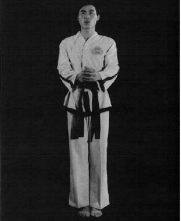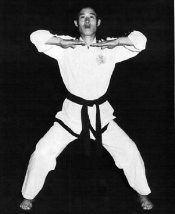
>> WELCOME TO ORIENTAL SPORTS CENTER! OSC offers a variety of classes and has something for everyone!

>> WELCOME TO ORIENTAL SPORTS CENTER! OSC offers a variety of classes and has something for everyone!

>> WELCOME TO ORIENTAL SPORTS CENTER! OSC offers a variety of classes and has something for everyone!
❰
❱

















